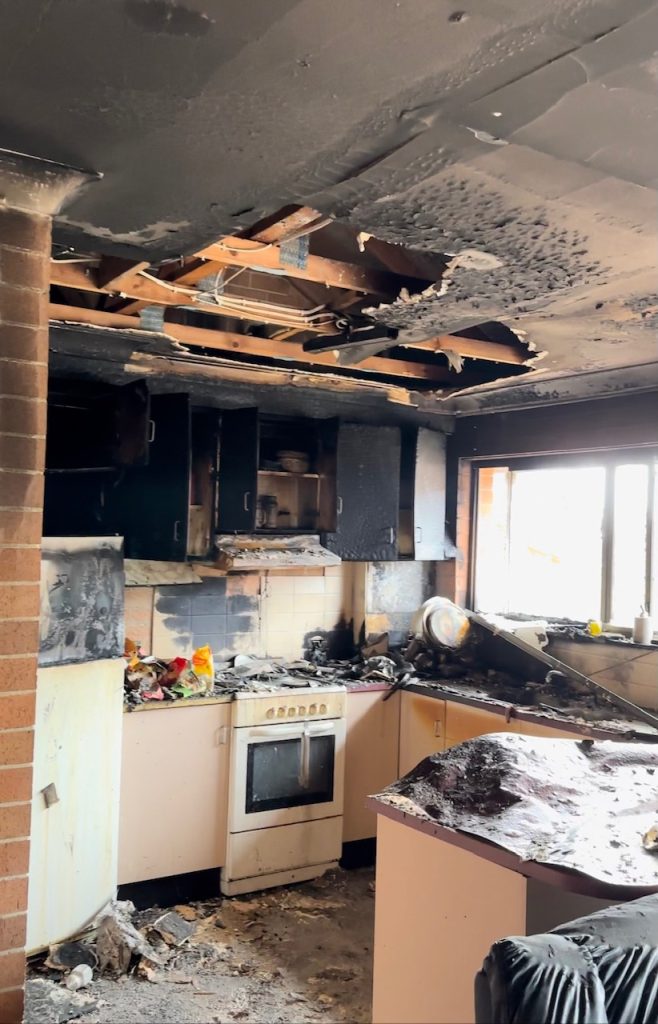
It may, or may not, come as a surprise to learn that landlord’s insurance is not compulsory in NSW. By choosing to not pay for landlord insurance you may think that you are saving money, but it’s a false economy. Here at Walkom Real Estate, our decades of experience in Property Management leads us to advise our landlords to seriously consider not just landlord’s insurance, but to include landlord’s contents insurance in any policy that they take out.
As a landlord you are responsible for any damage and public liability for loss or injury that occurs on your property. Offered by most insurance providers, there is generally three levels of cover:
- Building or Home Insurance covers the building and fixtures against damage from things such as fires, storms, vandalism, flooding, earthquakes, water damage, tree falls, explosions and impact damage. It also covers the landlord against rental loss if the property becomes uninhabitable while repairs to damage are undertaken.
- Contents Insurance provides additional protection against the damage to the contents of your property and can include items such as carpets, blinds, dishwashers, removable air conditioning units, refrigerators, light fittings, and any furniture that you provide with your property. It does not include furniture owned by the tenant. The tenant is responsible for insuring their own belongings.
- Home and Contents Insurance provides complete protection for your property and usually includes optional extras such as cover for rental default and damage or loss caused by tenants or their guests. Again, it does not provide cover for tenant possessions.
It’s a fact of life that accidents do happen, as do natural disasters. The occurrence of natural disasters such as fire and flood in recent years within Australia is something no one should ignore. Add to that, the cost-of-living crisis that we are currently experiencing, along with record rents, and it’s not difficult to imagine that tenants could find themselves in financial difficulty. By taking out home and contents insurance, landlords can protect their investment against all such possibilities.
Strata Insurance
If your investment property is covered by a strata, you may think that you don’t require any additional coverage, but this is not the case. Strata insurance covers all the common areas and the building itself, including legal liability in common areas, but once you step inside the door of your property it no longer covers you.
As a landlord you should consider building insurance to cover you for legal liability within your unit, and for damage to fixtures and fittings. Again, if you take out contents insurance you will also be covered for window and floor coverings, light fittings, appliances and any furniture within your property.
The importance of insurance coverage when your property is part of a larger dwelling such as a unit or apartment block becomes obvious when considering an example. Imagine that a roof has leaked and there is water damage to ceilings, walls, carpets and tenant possessions. The strata insurance should cover the damage to the building itself including the ceiling and walls. The landlord’s contents insurance would cover the carpets, (but not if he only has building insurance), and the tenant’s insurance has to cover their possessions as they would not be covered by the landlord’s or the strata insurance.
More on Contents or Comprehensive Insurance
Landlords often overlook contents insurance because it’s not immediately obvious that an unfurnished property actually does contain contents that can be expensive to replace or repair. Consider another example of accidental fire. The carpets have been damaged beyond recognition, the stove and fridge are beyond repair, the blinds and curtains have been completely burnt up and there is blackened paintwork up the walls. There is, however, no damage to the actual structure of the building. Unless you have contents insurance you will not be covered. Building insurance will not cover you for the financial outlay of replacing carpet, stove, fridge, curtains and repainting the walls.
As with any insurance, it’s important to compare policies. A comprehensive insurance policy is a crucial risk management strategy for property investors that provides peace of mind in the long term. Our property management team have decades of experience and we recommend that landlords invest in comprehensive insurance to protect themselves from unforeseen circumstances and financial outlay.

